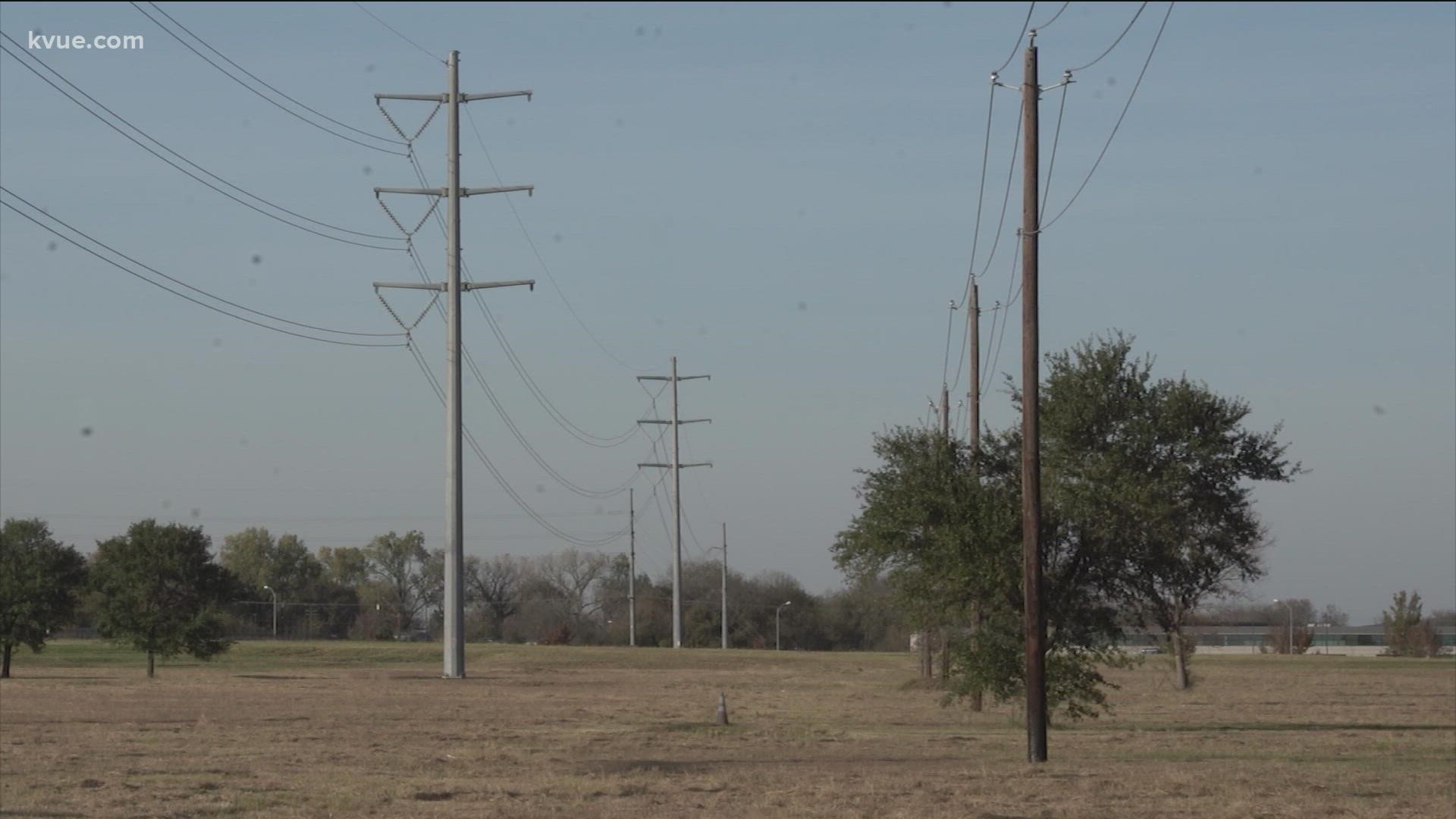AUSTIN, Texas — Ahead of a staff briefing with the Audit and Finance Committee, the City of Austin on Wednesday outlined a series of actions it is taking in preparation for any potential disaster like the winter storms of February 2021.
Wednesday's update also follows a November publication of a series of After-Action Reports, highlighting the findings and recommendations of cross-departmental reviews.
Of the 132 recommendations made, the city has now identified 32 of them as "priority" because they "provide a high benefit to the City at a lower cost or have little or no additional cost." Of those 32, five have been completed, 12 are in progress and 15 are awaiting updates from other departments.
Moving forward, the process will involve efforts to define which services areas are best led by the City and where community partners are better positioned to step in and assist.
“While addressing all the recommendations made since Winter Storm Uri is a tremendous undertaking, critical work is underway,” said Rey Arellano, assistant city manager for safety. “With each day, the City of Austin is more prepared to respond in the face of disasters and is committed to supporting this community.”
Some of the tasks completed so far include:
- Homeland Security and Emergency Management (HSEM) has updated its emergency plans and conducted monthly emergency management meetings on responses to future emergency events such as ice storms. HSEM launched a new alert system for people who are hard of hearing, deaf or blind and updated their cold weather sheltering plan for people experiencing homelessness. HSEM also has a plan to place supplies at City of Austin facilities that can be utilized as shelters if needed during winter weather. To ensure that HSEM’s plans and goals are in line with the City, County and other government agencies, including the private sector, a tabletop exercise was conducted with more than 150 attendees from across the region. More exercises and drills are scheduled for 2022.
- Austin Energy (AE) is working to increase the overall capacity of its energy portfolio in order to increase the probability that circuits can be rotated during a high magnitude event. Initial capacity increases are being achieved by focusing on actions that will provide the greatest increases and can be achieved in the shortest timeframe if ERCOT puts restrictions in place again.
- Austin Water (AW) has made considerable progress toward implementation of recommended actions from its internal After Action review and the citywide review sponsored by HSEM, and based on priorities approved by members of the Water and Wastewater Commission. Many completed actions increase overall utility resiliency and the ability to respond to complex, cascading events. Specific projects related to infrastructure will be incorporated into Austin Water’s ongoing Capital Planning process for development and implementation, while others will be incorporated into ongoing operations and maintenance activities.
- Community and Technology Management (CTM) has improved network infrastructure. CTM purchased a mobile generator that can be deployed to serve as a critical network hub. Three additional generators are being acquired and will be placed at critical sites for added fuel support in an extended power outage.
- The Combined Transportation, Emergency, & Communications Center (CTECC) is now storing four days of meals and drinking water on site. In coordination with Fleet Services, CTECC is identified as a priority location for fuel resupply to backup generators.
- Public Works Department (PWD) added snow removal from critical streets to their workflow and added streets and bridges for clearing or sanding that access Austin Water treatment plants, APD/Fire/EMS stations, hospitals, and more.
- Fleet Services updated critical functions and policies, creating a City-wide revised snow chain process and procedure for inventorying, order management, training, and installation.
- Austin Transportation Department (ATD) worked with Fleet Services to purchase additional road traction devices and ordered supplies to support staff in the event that staff must stay at ATD facilities around the clock during a disaster.
- Building Services Department (BSD), in support of other COA departments and to equip staff with the ability to keep City facilities operational, equipped all BSD on-call vehicles with tire chains.
- Parks and Recreation Department (PARD) stationed containers with emergency management supplies in strategic locations for immediate shelter activation.
- Homeless Strategy Division of Austin Public Health allocated funds from the American Rescue Plan Act to fund a temporary Emergency Plans Officer focused on implementation of recommendations related to mass sheltering and other services.
HSEM will continue tracking all information, provide updates and establish a public-facing portal in the interest of transparency.
To learn how you can better prepare yourself for disaster, click here.
PEOPLE ARE ALSO READING:

